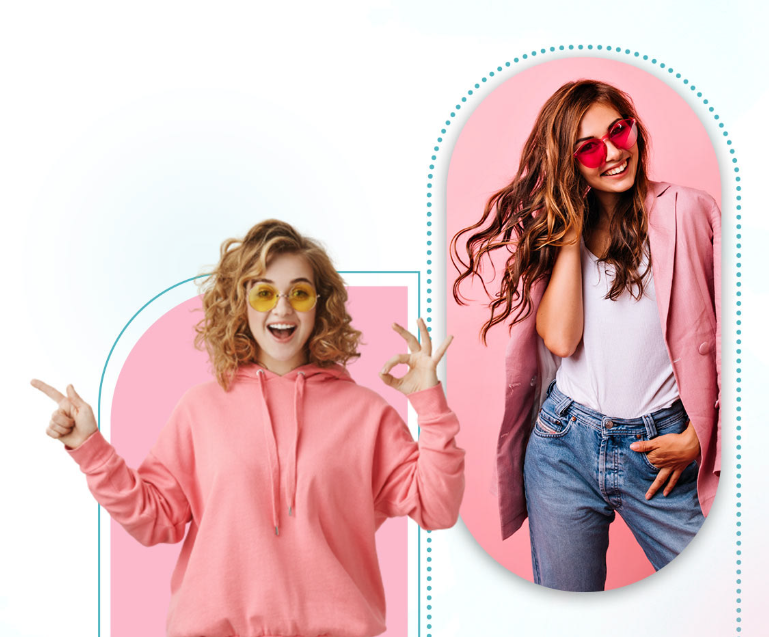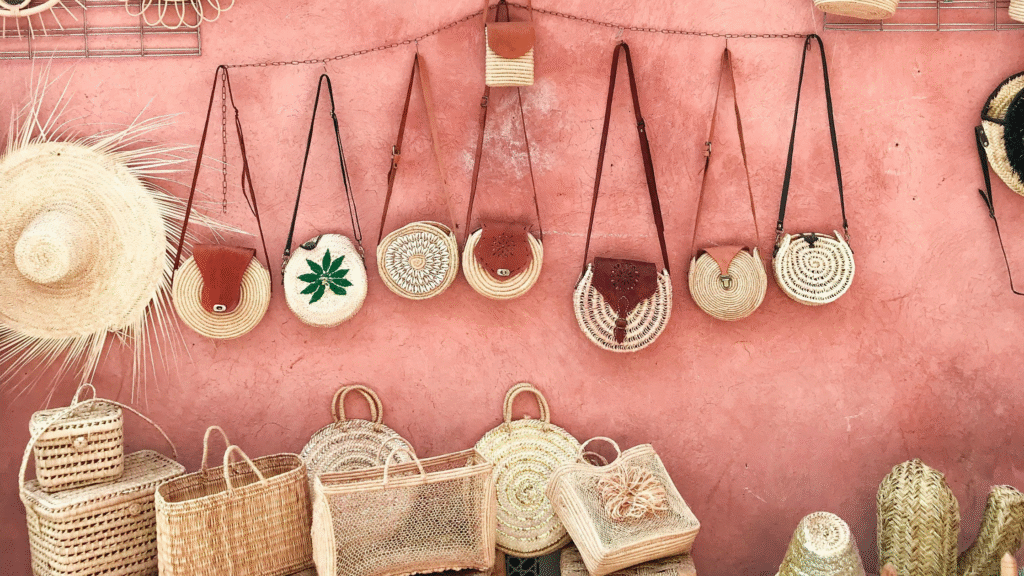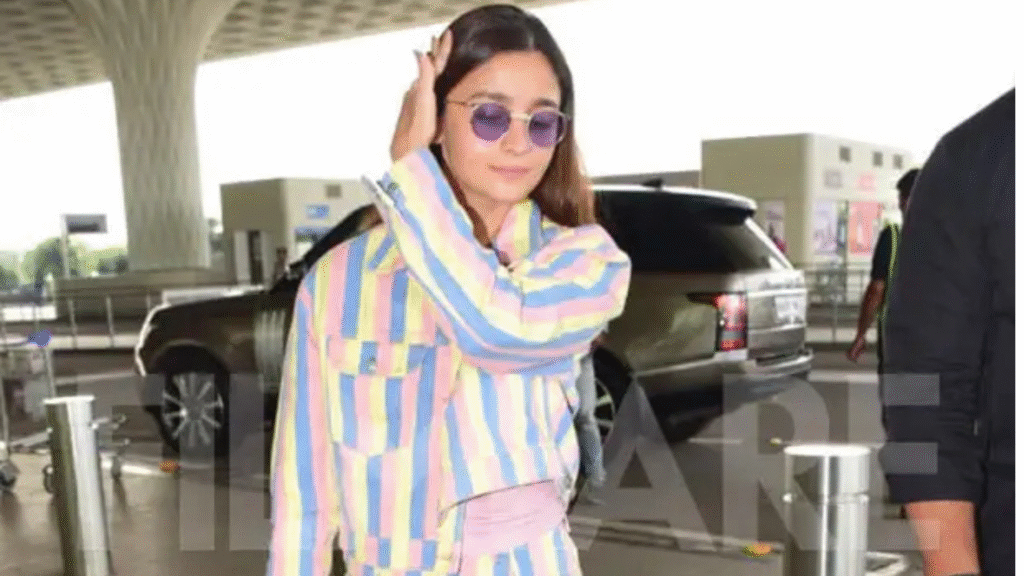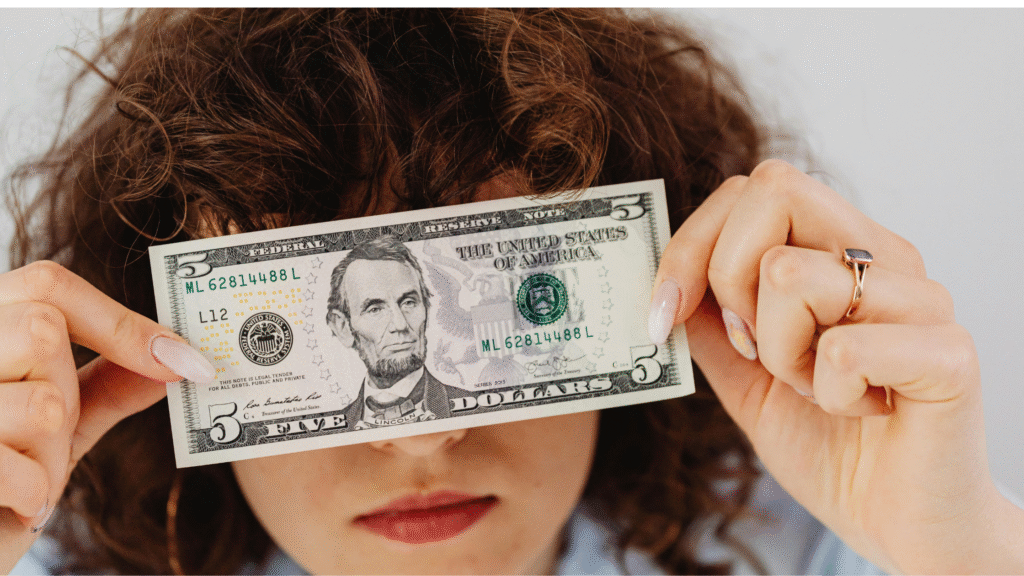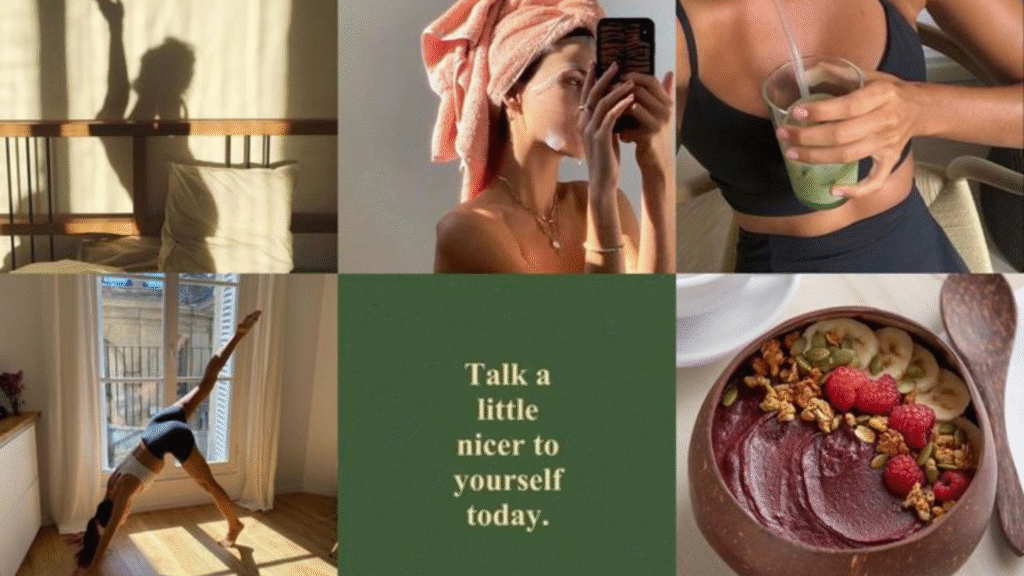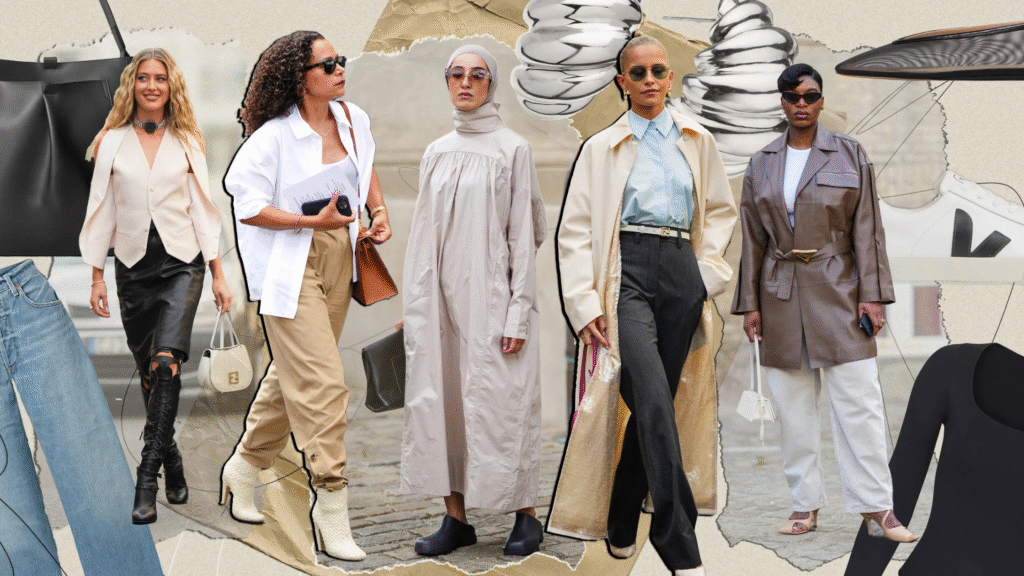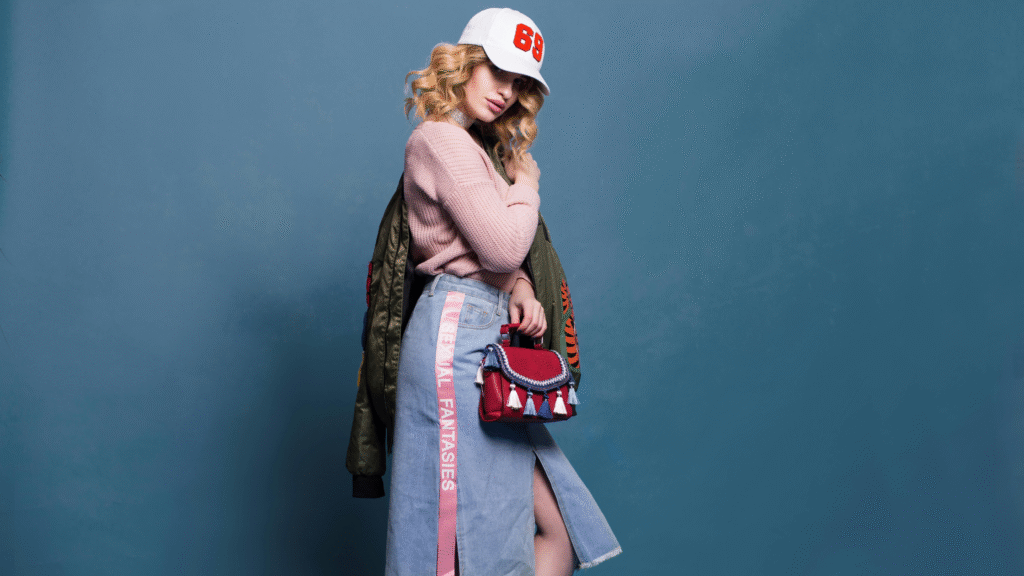Sustainable Fashion Guide: Look Good, Do Good
In today’s fast-paced fashion world, trends change as quickly as the seasons. But while style should be fun, the way our clothes are made has a huge impact on the planet and the people behind them. That’s where sustainable fashion Guide: Look Good, Do Good steps in — offering a way to look stylish without compromising ethics or the environment. This guide will help you understand what sustainable fashion really means, why it matters, and how you can start making better choices that are both fashionable and responsible. 1. What Is Sustainable Fashion? Sustainable fashion Guide: Look Good, Do Good refers to clothing, accessories, and footwear that are designed, produced, distributed, and used in ways that are environmentally friendly and socially responsible. It’s not just about organic fabrics — it’s about the entire lifecycle of a garment: How raw materials are sourced How workers are treated How much waste and pollution is generated How long the clothing lasts before it’s discarded In simple terms, sustainable fashion aims to reduce harm and increase value — for the planet, for people, and for the buyer. 2. Why Sustainable Fashion Matters The global fashion industry is one of the largest polluters in the world, right after oil. Here’s why change is needed: Environmental impact: Around 10% of global carbon emissions come from the fashion industry. Producing one cotton T-shirt uses approximately 2,700 liters of water — enough for one person’s drinking needs for 2.5 years. Waste problem: Millions of tons of clothing end up in landfills each year. Fast fashion encourages overconsumption, leading to “wear and throw” culture. Human rights concerns: Many workers in developing countries face poor working conditions, unfair wages, and unsafe environments. Choosing sustainable fashion means voting with your wallet — supporting brands and practices that care for the Earth and its people. 3. Principles of Sustainable Fashion Here are the key principles you should look for when making sustainable choices: a) Ethical Production Workers should be paid fair wages and work in safe, respectful conditions. b) Eco-Friendly Materials Opt for fabrics with a lower environmental footprint like: Organic cotton Linen Hemp Bamboo Tencel (Lyocell) Recycled fabrics c) Reduced Waste This includes zero-waste pattern making, upcycling, and recycling old clothes into new garments. d) Longevity Clothes should be made to last — both in durability and timeless design. e) Transparency Brands should share information about where and how their products are made. 4. How to Build a Sustainable Wardrobe Switching to sustainable fashion Guide: Look Good, Do Good doesn’t have to mean throwing away everything you own. It’s about making gradual, conscious changes. Step 1: Audit Your Current Wardrobe Go through what you already own. Keep the pieces you love and wear often, and set aside those you don’t use. Step 2: Choose Quality Over Quantity Instead of buying five cheap tops that fall apart quickly, invest in one high-quality piece that lasts for years. Step 3: Opt for Timeless Styles Trendy pieces go out of style quickly. Choose classic designs and neutral colors that stay fashionable for years. Step 4: Support Sustainable Brands Look for certifications like: GOTS (Global Organic Textile Standard) Fair Trade Certified OEKO-TEX Standard 100 Step 5: Buy Second-Hand Thrift stores, vintage shops, and resale apps are treasure troves for unique, affordable, and sustainable finds. Step 6: Care for Your Clothes Proper washing, drying, and storing can extend a garment’s life significantly. Wash in cold water, air dry, and avoid over-washing. 5. Affordable Ways to Practice Sustainable Fashion Some people think sustainable fashion is expensive, but it doesn’t have to be. Here’s how to do it on a budget: Thrift and swap: Organize clothing swaps with friends. DIY repairs: Learn basic stitching to fix small damages instead of discarding clothes. Upcycle: Turn old jeans into shorts or tote bags. Rent outfits: For special occasions, renting is far cheaper and eco-friendly. 6. The Rise of Circular Fashion Circular fashion is an approach where products are designed to be reused, repaired, or recycled instead of being thrown away. Examples include: Take-back programs: Brands like Patagonia and H&M collect old clothes for recycling. Clothing rental services: Companies like Rent the Runway offer high-quality outfits for rent. By embracing circular fashion, we keep clothing in use for as long as possible, reducing waste and resource use. 7. Brands Leading the Sustainable Fashion Movement Here are some global and Indian brands making a difference: International: Patagonia Stella McCartney Everlane Reformation Indian: No Nasties Nicobar Doodlage Sui These brands focus on ethical production, sustainable materials, and transparency. 8. Common Myths About Sustainable Fashion Myth 1: Sustainable fashion is boring.Truth: Many sustainable brands create stylish, trendy pieces without harming the environment. Myth 2: It’s too expensive.Truth: While some pieces may cost more upfront, they last longer, saving you money in the long run. Myth 3: One person’s choice doesn’t matter.Truth: Every purchase is a vote for the kind of world you want to live in. 9. The Role of Consumers As consumers, we have the power to shift the fashion industry’s direction. The more people demand sustainable options, the more brands will adapt. Here’s how you can contribute: Be informed about where your clothes come from. Support ethical and eco-friendly businesses. Educate friends and family about the importance of sustainable fashion. 10. Final Thoughts: Look Good, Do Good Sustainable fashion isn’t just a passing trend — it’s a movement towards a more mindful, responsible, and beautiful world. By making conscious choices, you can: Express your personal style Support fair labor practices Protect the environment Reduce waste Fashion should be fun, but it should also be kind — to the planet, to the people who make our clothes, and to ourselves. So, next time you shop, remember: When you choose sustainable fashion, you’re not just dressing up — you’re standing up. 💡 Small steps lead to big changes. Start with what you can, and soon, sustainability will be second nature — and you’ll still look fabulous while doing it!

